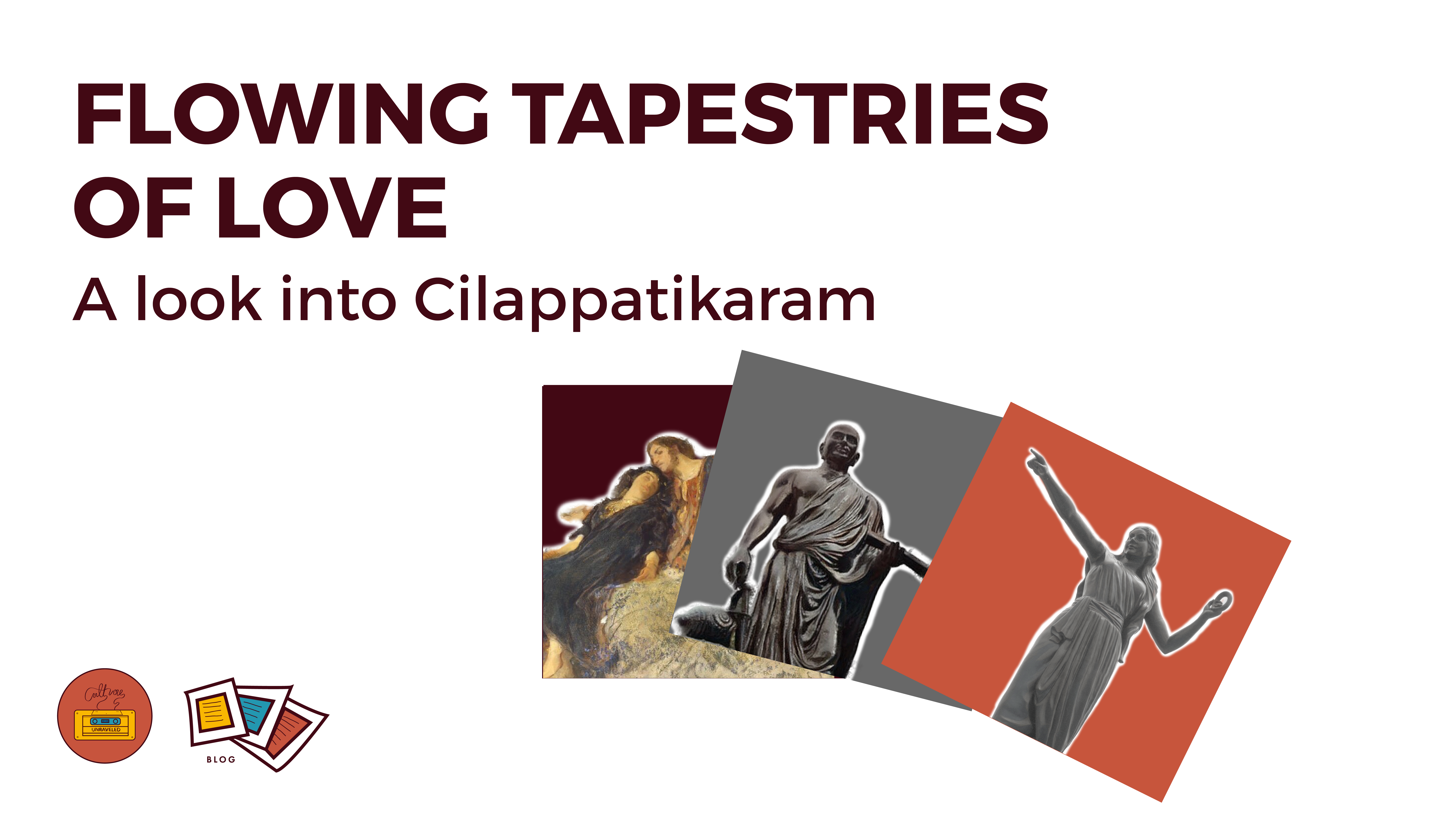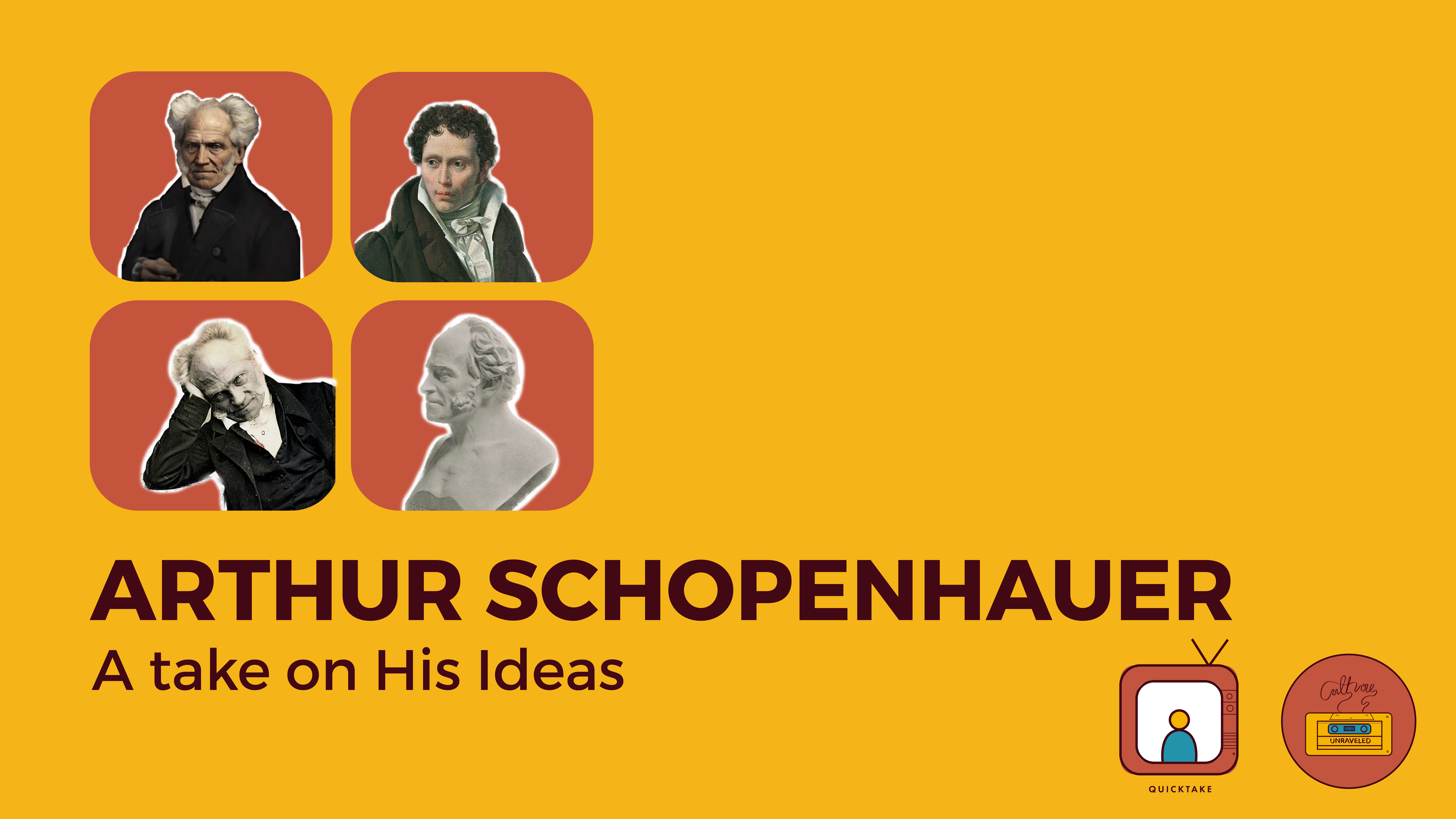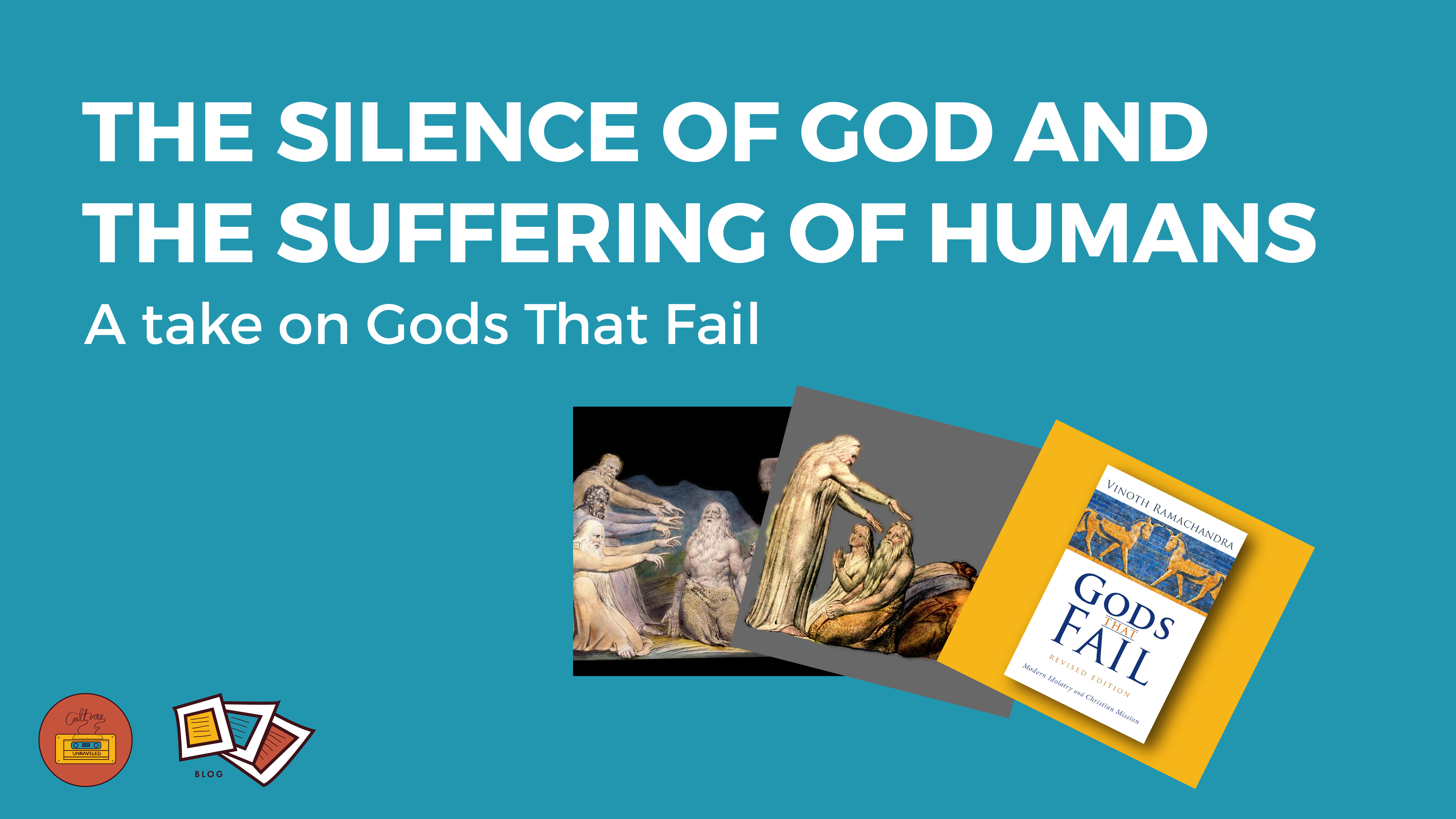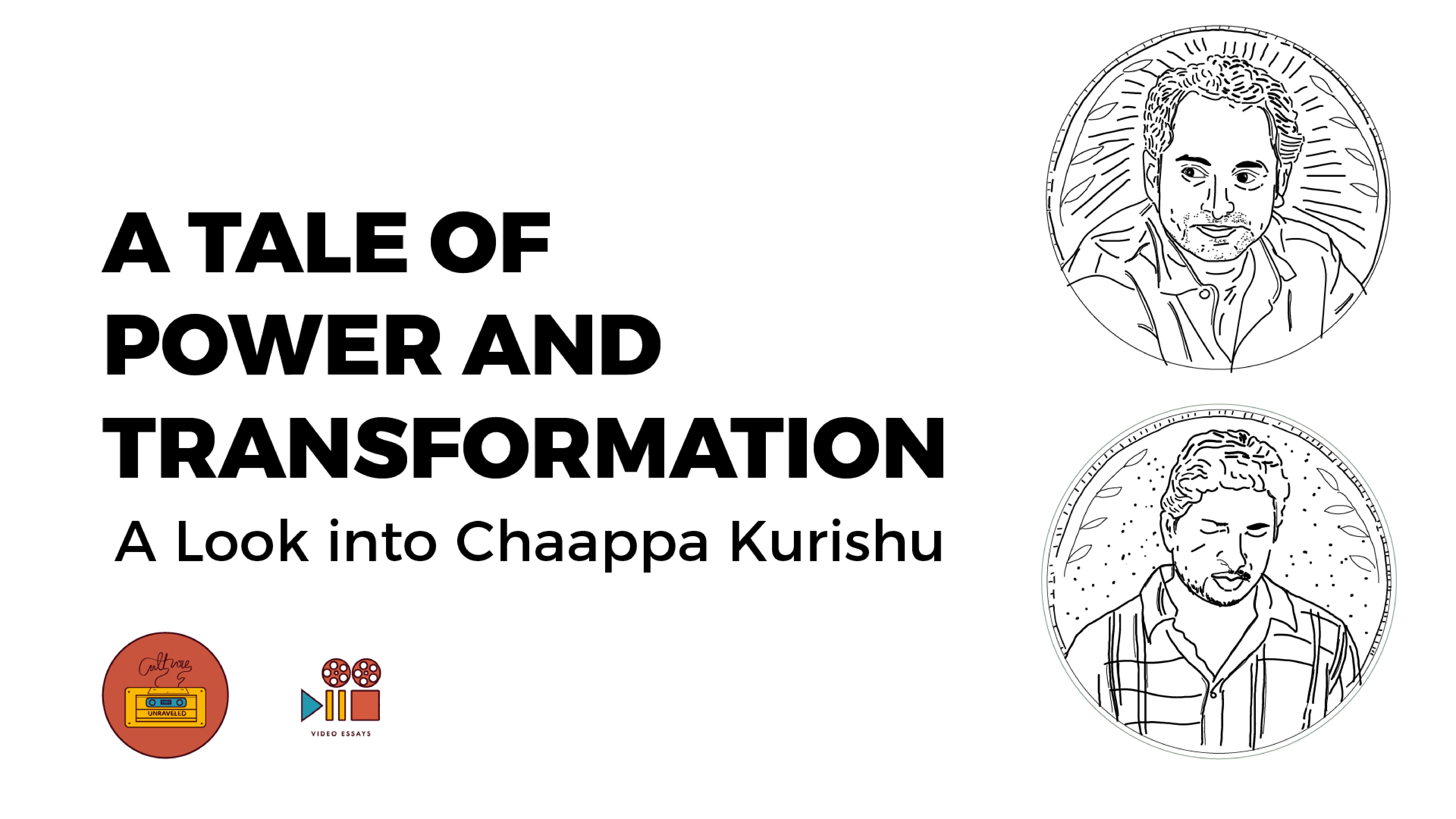
Cilappatikaram is counted as first among Classical Tamil epics. It was composed in 5th century CE by Chéra prince turned Jaina monk, Elango Adigal. The breath and scope of images employed in the several thousands of lines of verse demonstrate an intimate knowledge of musical performance, dance, handicrafts, flowers, plants, animals, festivals, architecture, foodstuffs, pastimes, occupations and an astounding range of other units of lived social and ecological experience, across various cities and landscapes.
Written in 30 cantos of varying lengths, Cilappatikaram tells the story of the lady Kannagi, her love for and marriage to the man Kovalan, Kovalan’s squandering, infidelity and eventual repentance, their journey to Madurai with Buddhist monastic Kavunti, the unjust execution of Kovalan by the misled king Nedunjeliyan, Kannagi’s confronting the king with evidence and the king’s death from sorrow, Kannagi’s continued wrath against Madurai that sets the city aflame, the appeasement of wrath by the deity of Madurai, and Kannagi’s ascension and deification into Pathini.
The epic is shaped into three sections: romantic, heroic and mythical. The initial 10 cantos of this epic fall into the genre of Aham love poetry, placing it alongside earlier anthologies of Tamil poetry from the Sangam era, and within the purview of the Tamil grammar Tolkāppiyam. These anthologies, and especially this grammar, give literary context to Cilappatikaram, and to classical Tamil poetry as a whole, helping to classify and better appreciate these poems.
Tolkāppiyam helps to classify lines of poetry based along various metrics, the most distinctive being that of landscape, judging each poetic unit into a different tinai (terrain): the five tinai are Kuriñci (hills), Mullai (grassland), Pālai (wastes), Neytal (seaside), and Marutam (farmland). Each tinai has a distinct place, season, and time of day associated with it, as well as corresponding diction and images, which point to stages of love and to particular emotions. These different landscapes help us see the location of emotive weight held by each line, by identifying words and images related to the inhabitants, animals, birds, flowers, trees, occupations, pastimes, festivals, crops, water sources, musical instruments, settlement types, social titles, and tutelary deities of that tinai. In addition to discerning the particular emotive weight of each landscape employed, Tolkāppiyam aids in (1) appraising the particular emphasis of similes and metaphors, and (2) in identifying the speakers of each spoken line, information that is conventionally left unstated in poetry.
Author: Jacob Cherian












